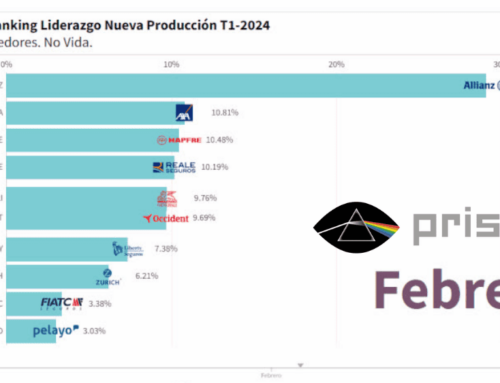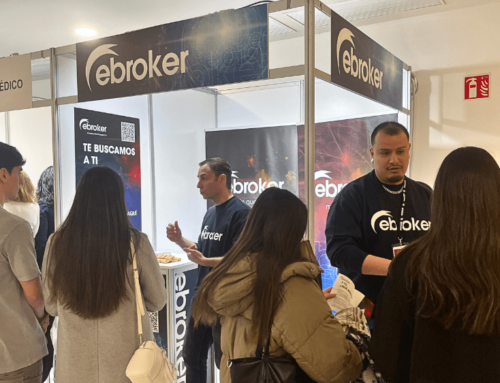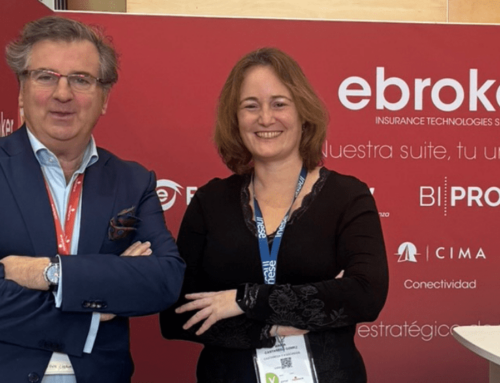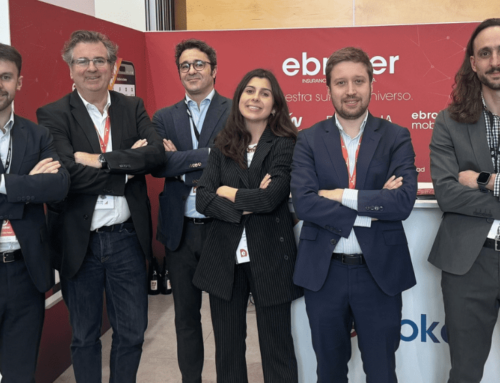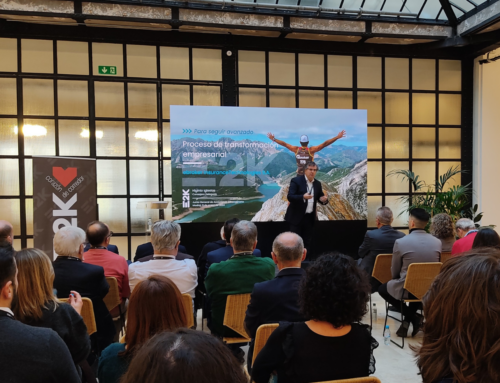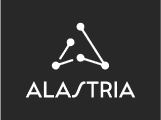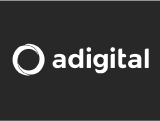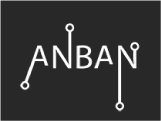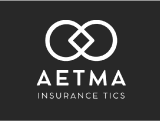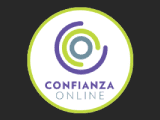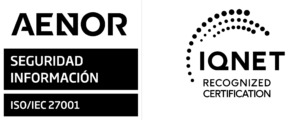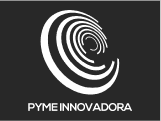
Pedro Ramos
Head of Project Engineering
Report made by SME Insurance on the development of the EIAC standard and the CIMA platform. Published in June 2022.
What is the degree of implementation of EIAC among brokers?
In our case, the community of ebroker users reaches a high level of implementation of the standard, more than 90% currently work with EIAC, this is due, on the one hand, to the fact that the development of connectivity functionalities is totally based on the standard, therefore, our users use EIAC when using these functionalities, and, on the other, to the fact that our commitment to standardization has been historical .
Already in 2005 we actively participated in the SIAC sectoral project, which is the predecessor of SIAREC, a bidirectional integration functionality in receipts. Since 2010 we have implemented EIAC in these bidirectional processes (company-broker and broker-company direction), being pioneers in this area.
More and more insurance brokers work with the EIAC standard, driven now by the development of TOP. According to TIREA data, the number of corridors that have active EIAC exchange processes reaches 57%, accounting for more than 2.864 operational corridors.
What advantages and what shortcomings do they communicate?
Standardization makes it possible to improve the collection and quality of data, but it also influences two of the most important variables that surround us, time and money (efficiency), since it helps to simplify procedures, improve product quality, reduce costs and facilitate continuous improvement.
An area of improvement that must be taken into account is the amount of data that is downloaded in transactions, as well as achieving a more standard standard that would provide us, as a technology company, with greater uniformity in the data sent by insurers.
Collaboration and cooperation are essential to ensure that the broker is the great beneficiary in this digital transformation process in which we are immersed, in this sense, we have to ensure that EIAC is a standardization authority.
What is needed to further advance the implementation of EIAC in brokerages?
As I mentioned before, at ebroker a significant number of our users actively use EIAC through the connectivity features of our platform. However, implementation can be favored if a wrapper of business processes and rules is incorporated into this single language that makes relations between brokers and insurers more fluid and efficient, as well as the expansion of more connectivity services.
Collaboration and cooperation are essential to ensure that the broker is the great beneficiary in this digital transformation process in which we are immersed, in this sense, we have to ensure that EIAC is a standardization authority.
How is the adherence to CIMA being among the runners?
CIMA is having a good reception, in our particular case, our user brokers are quite aware of the importance of being present on this platform, largely due to the dissemination and awareness work that we have carried out from ebroker, with the firm belief of your benefit.
At ebroker we support all new users who join our platform to work with connectivity in CIMA from the first moment. In addition, in order to promote adhesions, we have a special service that is in charge of carrying out all the procedures to make the change to the CIMA platform. The broker does not have to worry about anything, at ebroker we take care of the entire change process to disconnect the service from the insurers and connect CIMA.
At ebroker we already had this EIAC bidirectionality for more than 10 years, so we have been an important part of its development for the sector through direct collaboration with TIREA
How is CIMA helping the digitalization process of mediation? That contribute?
CIMA is a platform that channels information traffic with insurers and EIAC is the common language between them and brokers. With both elements, ebroker builds value functionalities around connectivity that helps to be more efficient. To the extent that these connection processes with insurers are more direct, automatic and efficient, they will influence the digitization of brokerages. CIMA has also made the EIAC standard a more efficient language.
At what stage of development is both EIAC and CIMA?
Currently, the development of bidirectionality in the communication of information between companies and brokers is being carried out, which includes, among others, the communication of the settlement of receipts by the broker.
At ebroker we already had this bidirectionality for more than 10 years, which is why we have been an important part of its development for the sector through direct collaboration with TIREA, sharing our knowledge and technical experience in various aspects related to communication in both senses.
More than 900 brokerages are adhered to CIMA according to TIREA data, of which almost 40% are ebroker users.
How many brokers already work with EIAC and how many have joined CIMA and what are the growth forecasts?
More than 900 brokerages are adhered to CIMA according to TIREA data, of which almost 40% are ebroker users.
In ebroker, all the new brokers that join start working from the first moment with the EIAC standard through CIMA, achieving that around half of our users are already connected to the platform.
Our objective is that in the medium term all our users transact information through CIMA.
What future challenges exist around the connectivity of mediation?
- Ensure that the enjoyment and use of services based on the standard is as transparent as possible to the brokers that use the technology.
- Eliminate as many administrative and bureaucratic barriers as possible in the implementation of services based on the standard.
- Have a vision of policies, receipts and claims with precision in the details to offer a better service to customers.
- Facilitate the receipt of the portfolio and supplements in a timely manner.
- Have a real bidirectionality in the daily workflow of brokers and insurers to avoid inefficiency and free up administrative resources.
- Bring the data analysis to the strategic interest of the insurance broker through knowledge management.
Download full interview



